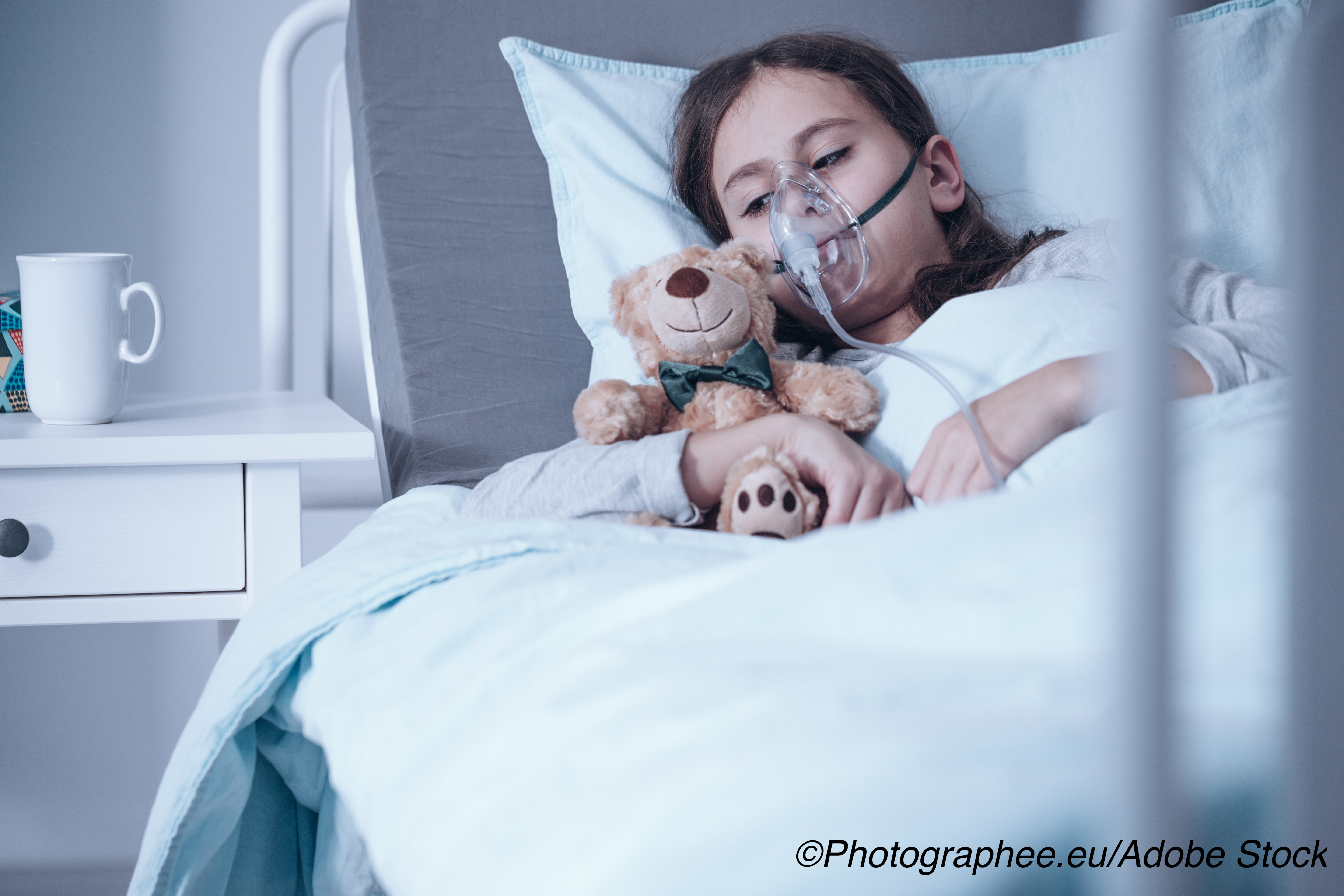
Moreover, lab tests not indicated for bronchiolitis are quite common, particularly outside of the United Kingdom and Ireland, the study authors found.
This suggests, according to those researchers, a “need for development of international bronchiolitis benchmarks, guidelines, and quality initiatives to optimize the global management of bronchiolitis.” The study, led by Amy Zipursky, MD, FRCP, Division of Pediatric Emergency Medicine and Research Institute, The Hospital for Sick Children and University of Toronto, Toronto, Ontario, Canada, was published in Pediatrics.
Bronchiolitis is a common viral lung infection in infants and young children that causes inflammation and congestion in the bronchioles of the lung. It is the most common reason for hospitalization of infants in the U.S. and other Western countries.
According to Zipursky and colleagues, children diagnosed with bronchiolitis are often given ineffective treatments such as bronchodilators and systemic corticosteroids or are exposed to radiation from unnecessary chest X-rays. Furthermore, they explained, infants with bronchiolitis are at low risk of serious bacterial infections, and routine lab testing and antibiotic use should be discouraged unless bacterial infections are suspected.
However, the authors pointed out that international patterns of antibiotic use and laboratory testing for bronchiolitis in emergency departments (EDs) are unknown. Therefore, in this study, Zipursky and colleagues evaluated the variation in the use of antibiotics and nonindicated laboratory tests in infants with bronchiolitis in EDs associated with Pediatric Emergency Research Networks (PERN) in several Western countries, including the United States, Canada, Australia and New Zealand, the United Kingdom and Ireland, and Spain and Portugal.
The retrospective study included 2,359 previously healthy children between the ages of 2 and 12 months who were diagnosed with bronchiolitis. The primary outcome was systemic administration of at least one antibiotic in the ED or a prescription for an antibiotic upon discharge.
The secondary outcome was the performance of non-recommended laboratory tests or X-Rays in the ED. Non-recommended laboratory tests were defined as any of the following:
- Chest radiography in infants not admitted to the ICU.
- Nasopharyngeal viral testing in infants discharged from the hospital from the ED.
- Complete blood count or blood culture.
- Urinalysis in afebrile infants.
- Urine culture in afebrile infants and in febrile infants ≥ 3 months of age.
Of the infants included in the study, 180 (7.6%) were given antibiotics, two-thirds of whom had documented bacterial infections. The rates of antibiotic therapy were 11.1% in the United States, 8.2% in Canada, 6.4% in Australia and New Zealand, 3.5% in the United Kingdom and Ireland, and 7.9% in Spain and Portugal. Within individual emergency departments rates ranged from 0% to 21.0%. Chest X-ray (adjusted odds ratio [aOR] 2.3; 95% CI 1.6–3.2), apnea (aOR 2.2; 1.1–3.5), and fever (aOR 2.4; 1.7–3.4) were all associated with antibiotic use.
“Our study highlights that the use of [chest radiography] in bronchiolitis is substantial (23%) and associated with antibiotic use, irrespective of disease severity,” observed Zipursky and colleagues. “Limiting its use to infants with atypical presentations and infants with airway compromise and severe disease may further decrease the use of antibiotics and hospital costs.”
As for the secondary outcome, 768 of 2359 infants (32.6%) had 1 or more nonindicated tests, with rates 14.9% in the United Kingdom and Ireland, 29.4% in Australia and New Zealand, 39.8% in the United States, 44.1% in Canada, and 50.0% in Spain and Portugal.
“Despite the evidence that laboratory testing rarely impacts bronchiolitis management and that bacterial infections in bronchiolitis are uncommon, our study reveals that these tests continue to be performed frequently in many parts of the world,” wrote Zipursky and colleagues wrote. “Plausible reasons may include ’automatic’ blood draws with intravenous placement, uncertainty about institutional policies, perceived need for reassurance about the diagnosis, perception of ’doing something,’ and parental desire for a viral label.”
In a commentary accompanying the study, Joseph J. Zorc, MD, MSCE, wrote that the collaborations like PERN gives researchers the chance to leverage large populations of patients around the globe in order to study bronchiolitis, as well as other conditions.
“In addition to studying variation, the ability to leverage large populations across the globe will provide the ability to study evolving conditions, as occurred with the H1N1 influenza virus and now severe acute respiratory syndrome coronavirus 2, as well as uncommon conditions, as is planned with severe asthma,” wrote Zorc. “As clinical practice becomes more standardized within countries because of national guidelines and quality improvement initiatives, such as the Choosing Wisely campaign, the ability to compare across countries is an opportunity to evaluate variation that can lead to innovation.”
-
Use of antibiotic therapy in infants with bronchiolitis is low in pediatric emergency departments and is often associated with chest radiography. On the other hand, non-indicated laboratory testing for bronchiolitis is more common, particularly outside the United Kingdom and Ireland.
-
International bronchiolitis benchmarks, guidelines, and quality initiatives are needed to to optimize the management of bronchiolitis.
Michael Bassett, Contributing Writer, BreakingMED™
Neither Zipursky nor Zork disclosed any relevant relationships.
Cat ID: 138
Topic ID: 85,138,138,192,195,925


